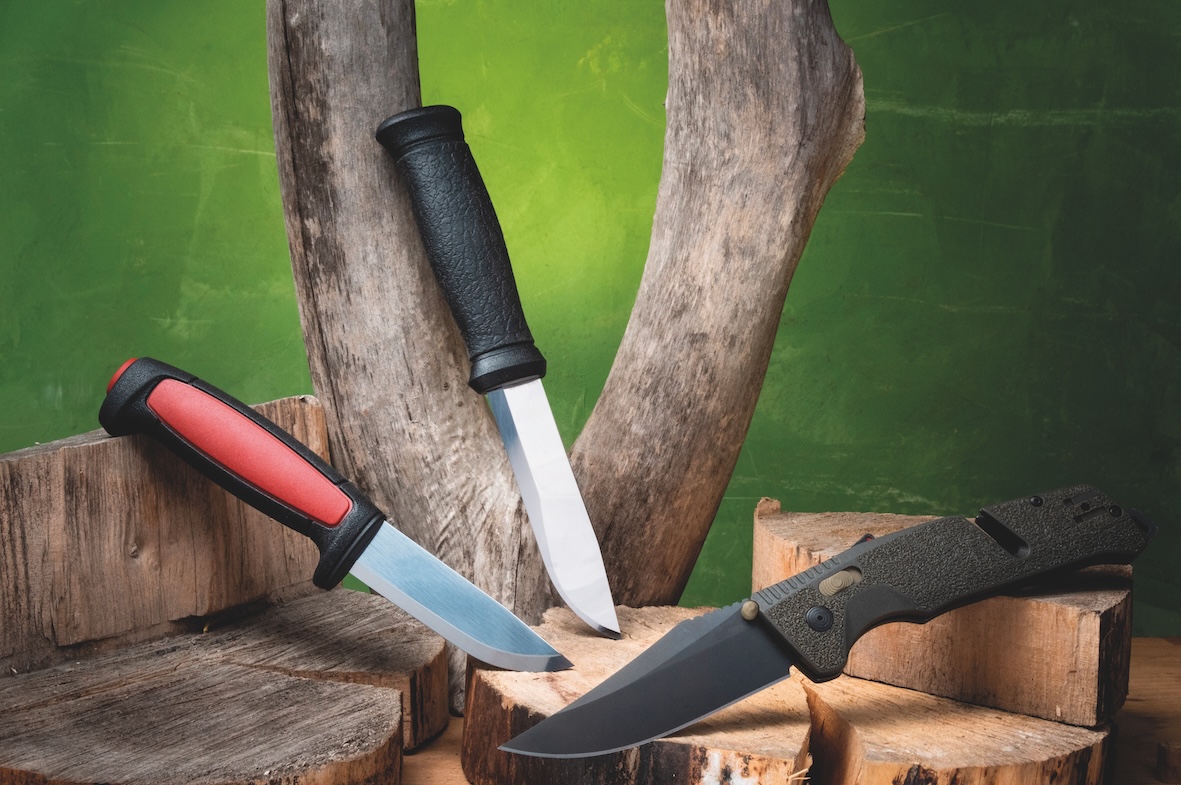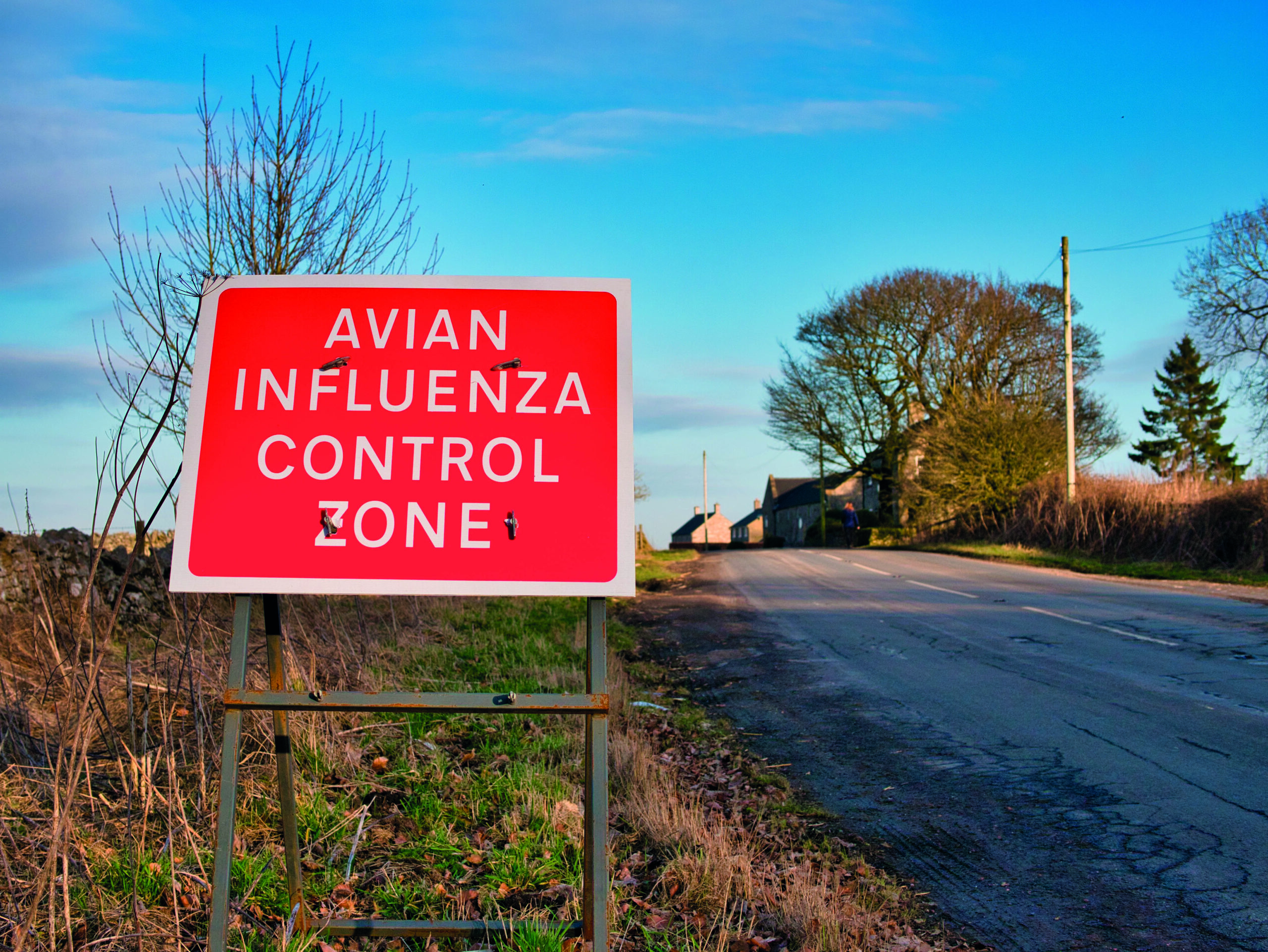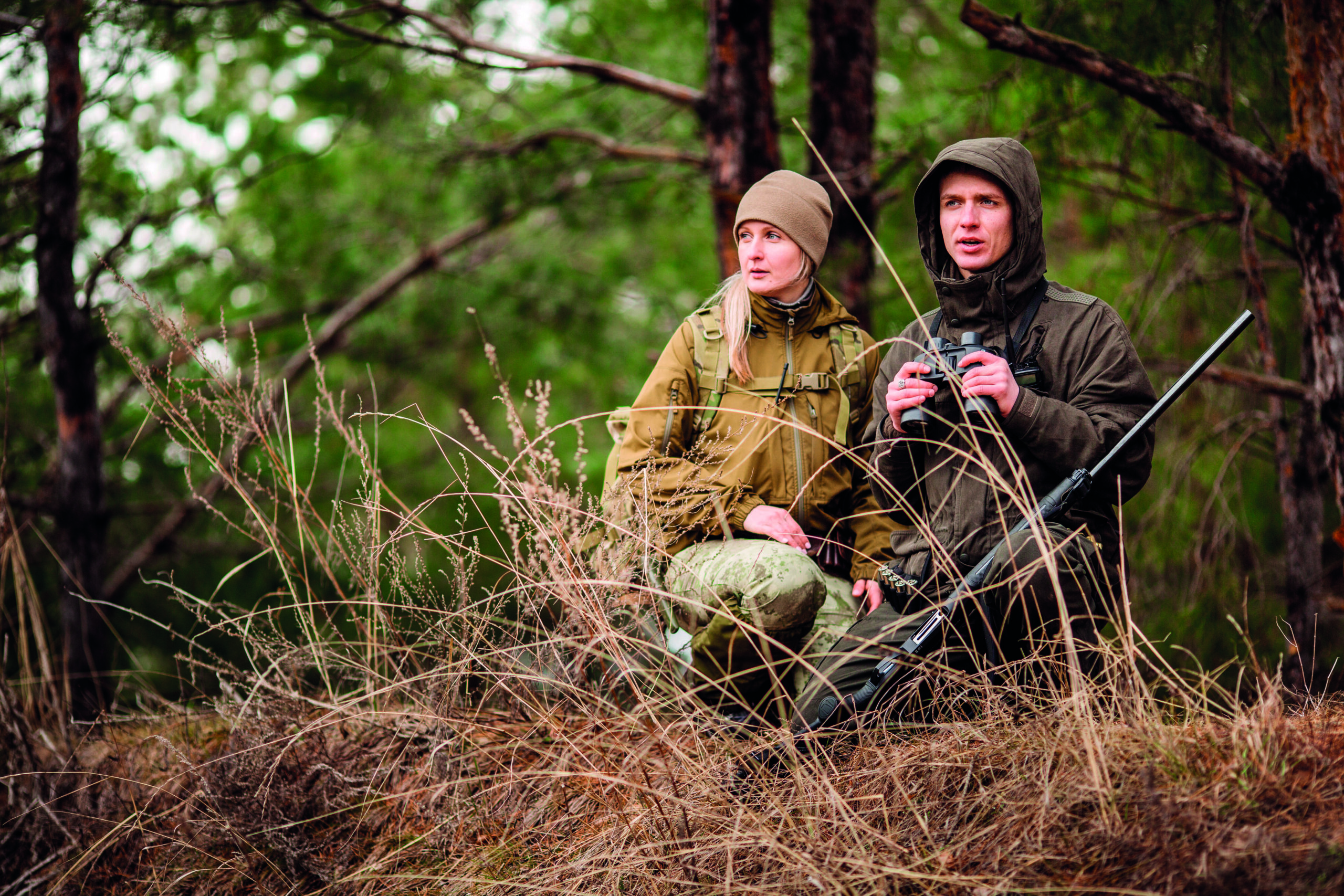How to be a better Shot
Preparation is everything, so Tom Payne advises how to get match-fit for the forthcoming season
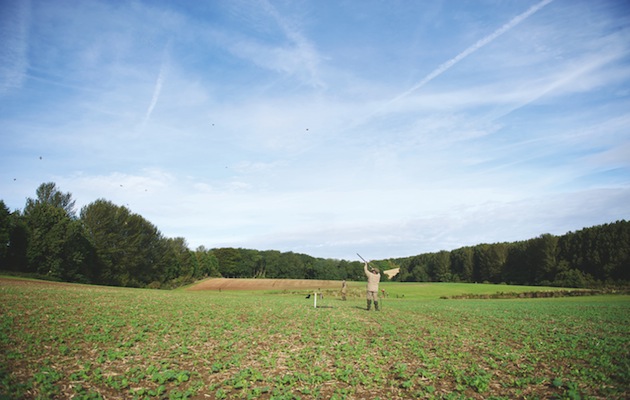
It’s amazing how quickly the season comes around. Now is the perfect time to get yourself properly prepared for the forthcoming season. The worst thing you can do is to leave it to the last minute, and it is remarkable how many people do just that. In this piece I will give you a veritable hit list of what needs addressing before you head into battle.
Pre-season practice
As with any sport, practice makes perfect. Think about the number of golfers out there who head to the driving range once a week to hit a few balls. I believe that game Shots should be more proactive and adopt the same attitude towards the clay ground, shooting 50 or so simulated game targets a week just to keep everything in working order.
Now is the time to iron out any technical queries or issues that may have occurred last season. The key with any practice is to shoot good simulated birds. By this I mean clays presented at appropriate speeds and angles. If you are heading to a clay ground to practise, the last thing you want to do as a game Shot is to shoot at driven “birds” that offer an unrealistic shot. This, in the long run, could do more harm than good.

If you’re planning to head to the moors, be sure to practise at a ground that has a good simulated grouse butt
Make your practice series-specific
For your practice or lessons, find yourself a well-regarded gameshooting instructor who will work with you to help develop your shooting and sort out any issues from the previous season. It is very easy to keep shooting into a comfort zone and plodding along, but if you really want to develop your shooting you need to work at it with a reputable instructor and make your practice species-specific.
For example, if you are fortunate enough to be heading north then find a ground that has a good simulated grouse butt. The butt must be able to offer all angles/coveys and especially the tricky birds out of the back door. Too often simulated butts offer what can only be described as a floppy driven bird over the butt. It is important that the birds are as realistic as possible or you will have unproductive practice and fall into a false sense of security. A good realistic butt will also help you understand and practise the all-important safety aspects. Grouse shooting is very specialised so make sure you are with an experienced grouse Shot or instructor.
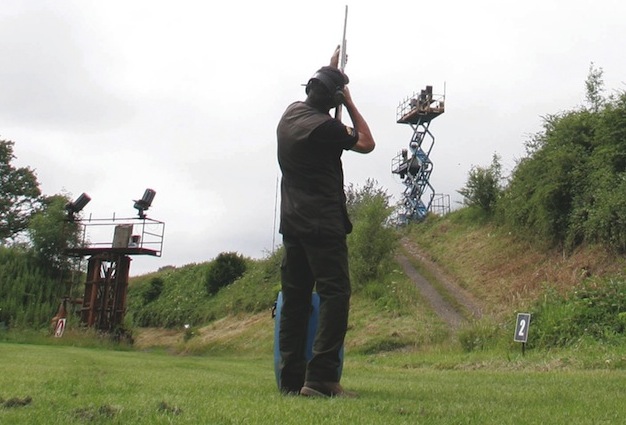
It’s important to shoot realistic “birds” so a tower must be able to present clays at the right speeds and angles
Partridges and pheasants
For partridges and pheasants, find a good realistic tower that offers the correct speeds and angles. For partridges shoot midis off the tower if you can — these represent a smaller target for a smaller quarry. Find grounds that offer coveys so that you are able to practise picking a bird correctly, especially if you are off to shoot more traditional partridges over belts of trees and tall hedges. If you are off to shoot high pheasants master the lower tower first. It is important that you can shoot consistently on a 30-yard pheasant before going up a gear. If you do practise this way round you will find yourself shooting far more consistently. Good realistic pre-season practice is vital.
Cartridge considerations
Cartridge companies now pull out all the stops to develop increasingly better-performance cartridges. I do feel that there is not enough thought put into picking a cartridge that suits the shooter and their gun. I strongly believe that the attitude of “if you put it in the right place you will kill the bird” is a little naive. Cartridge companies invest huge amounts into the research of better-performing cartridges, so take advantage. If you find a brand that you like, stick with it and practise. You must feel confident in the cartridges you use and you must feel comfortable shooting them.
If you practise on clays as the season draws closer, up the size of cartridge. I would call this body conditioning; if you are practising with a 24g load, start thinking of going to a 28g load or as close as possible to the preferred size load you choose to shoot during the season. This will really help you adjust quickly and confidently.
Plan what you need for the season and if you have the space, buy what you think you will require. Most gunshops and cartridge manufacturers will reduce the cost if you buy in bulk. Think about where and when you are going and buy your cartridges accordingly. But if you are buying in bulk make sure you have somewhere proper to store them. Each cartridge company may have different optimum conditions for storage, so you could contact your chosen manufacturer to get their advice on best storage practice.
How do you test cartridges?
Mike explains how we test cartridges and why we stopped explaining the hardness of a shot as a percentage
Keep up with clothing
As with cartridges, clothing has really moved forward with regard to material and technical performance. Gone are the days of that old cold wax jacket with the manoeuvrability of a cardboard box or the big tweed jacket that’s only really practical for standing and watching a point-to-point.
Shooting, like most sports, has modernised and developed. Movement is so important in shooting and anything that affects it will impact on your ability to shoot successfully. The products available now allow you to wear fewer layers but stay comfortable, warm and dry without affecting your shooting.
The sort of clothing to wear will vary as the season progresses and what you are shooting. For early-season grouse, a good lightweight green shirt that helps draw moisture away and a comfortable lightweight waistcoat is a good place to start for the top half. I tend always to wear plus-fours because they offer manoeuvrability and comfort.
For early-season partridges, you want to be prepared for those hot early days, so buy clothing accordingly. As the season moves on and the weather gets colder good thermals are important, as is a base layer. There are numerous gilets that are brilliant in various weather conditions, and some fantastic lightweight waterproofs which are good to shoot in, as well.

Don’t forget to wear thick woollen socks in the winter months; cold feet make for uncomfortable shoot days
Boots and blisters
Footwear is often forgotten. There are many types and styles of brogue, walking boot and rubber boots on the market. If you’re heading to the moors, you will need good walking boots — the higher the better as this adds extra support without affecting movement. Once you have bought your chosen boot, take the time to wear them in. There is nothing worse than having blistered feet. And don’t forget socks — when the weather is bitterly cold, I like to wear merino wool stockings.
Gun fit check
Shooting as a sport is becoming more and more professional. As techniques and guns are finely tuned for the benefit of the shooter, gun fit has really come to the forefront of finding that extra bit of consistency. However, gun fit will only help if you can mount the gun consistently and with sound technique. If you have any doubts about your gun possibly not fitting you, then go to a professional gameshooting instructor/ gunfitter and have it looked at.
If you are thinking of buying a new gun — possibly at The CLA Game Fair, which is not far off now — then go armed with your measurements and professional advice on what suits you best. This will give you a clear idea of what you are looking for and will reduce the risk of going home with the wrong piece of kit. If you can find a gun that is as close to your measurements as possible, with a spec you want, then this will only benefit you in the long run from a cost — and successful shooting — point of view.
Cartridge bags and slips
If your cartridge bags and slips have been sitting around since last season, get them out and give them a clean; if they are leather, saddle soap is brilliant for bringing them back to life. Check all zips and buckles are in good order, especially on your gunslips. They are designed to protect your gun so make sure they do their job. The last thing you want is someone passing you your gun out the back of the Land Rover only for your zip to fail and your gun to fall to the ground with a painful crack.




